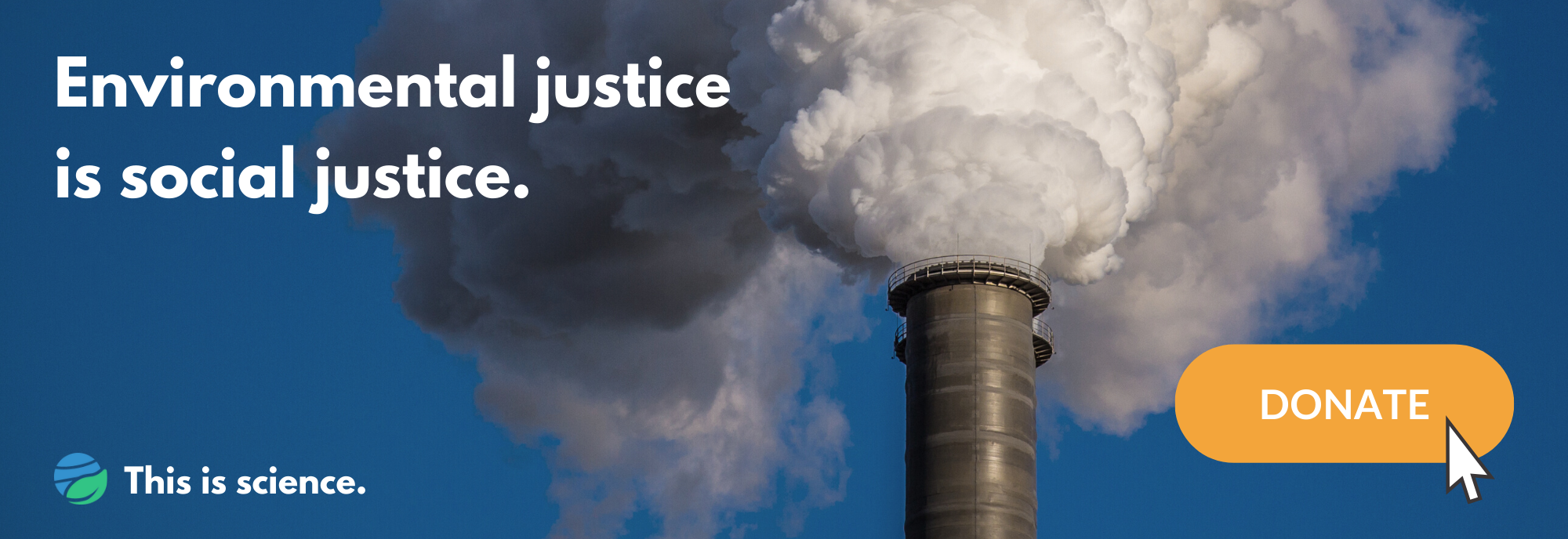PITTSBURGH — Last night, representatives from the U.S. Environmental Protection Agency (EPA) held a virtual meeting with residents of Zelienople, a small borough about 28 miles north of Pittsburgh, to discuss high cancer risk caused by emissions from a polluting facility.
“One of the tough things is that we learn more about risks through science before laws are in place to protect people,” said Adam Ortiz, the mid-Atlantic regional administrator for EPA Region 3 who opened the meeting. “We’re working on updating our regulations to catch up.”

Adam Ortiz, the mid-Atlantic regional administrator for EPA Region 3.
American Contract Systems, a medical sterilization company in Zelienople, emitted enough of the carcinogenic chemical ethylene oxide from 2014-2022 that if one million people were exposed to its emissions all day every day for 70 years, more than 100 people would be expected to develop cancer from that exposure. This figure does not account for any other cancer-causing exposures.
Cancer risk greater than 100 in a million from a single chemical represents an “unacceptably high risk” under the federal Clean Air Act, a benchmark that requires the EPA to step in. The agency is revising regulations for ethylene oxide.
Ethylene oxide is a gas derived from petroleum or natural gas. It’s used to manufacture plastics, detergents, adhesives and pharmaceuticals, and is often emitted from petrochemical and chemical manufacturing facilities. The U.S. Food and Drug Administration (FDA) also requires the use of ethylene oxide to sterilize certain types of medical equipment. The chemical is used on about 50% of U.S. medical equipment that requires sterilization, including products sterilized at American Contract Systems for use at local hospitals.
There are approximately 100 commercial sterilization plants across the country. Zelienople is one of 23 communities across the country the EPA identified as having cancer risk from exposure to ethylene oxide that exceeds 100 cancer cases per one million people in July 2022. Those communities include Erie, Pennsylvania, where the EPA held a community meeting in January to discuss cancer risk from ethylene oxide emissions from Cosmed, another medical sterilization facility.
The EPA discovered in 2016 that cancer risk from the chemical is much higher than previously thought, but has been slow to take action. Environmental and health advocacy groups like Earthjustice sued the EPA to compel it to act more quickly, and a number of class action lawsuits related to ethylene oxide and cancer have been filed across the country.
“I am also frustrated by how long this has taken,” Madeline Beal, senior risk communication advisor at the EPA, said in response to a question about why new regulations have taken so long. “Although we understood that [ethylene oxide] was more dangerous than we previously understood in 2016, we didn’t know where or which facilities were causing risk to communities and we didn’t know how much [ethylene oxide] was out there.”
“Unfortunately it has taken longer to do that analysis than any of us would have liked,” she added, “but we’re now at a point where we can take steps to reduce risk across the country.”
EPA says cancer risk lowered

American Contract Systems did not respond to a request for comment, but has been working with the Pennsylvania Department of Environmental Protection to install pollution controls, according to the agency. The EPA says cancer risk is lower now than in July 2022 as a result of these pollution controls, but agency officials could not say how much risk remains.
“We haven’t modeled that, but we’re confident that risk has come down,” said Beal.
Eric Gustafson, regional air quality program manager at the Pennsylvania Department of Environmental Protection, said “prior to the installation of pollution controls, emissions would have been equivalent to what was used at the facility, right around 1,500 pounds per year since the facility opened.”
American Contract Systems has operated its facility in Zelienople since 2014. At 1,500 pounds a year, this means the facility has emitted a total of around 13,500 pounds of ethylene oxide into the surrounding community. Now, after the installation of pollution control methods, the plant is emitting 15-20 pounds of ethylene oxide per year, according to the Pennsylvania Department of Environmental Protection.
Cancers caused by chemical exposures like ethylene oxide can take 20 years or more to develop. A spokesperson for the Pennsylvania Department of Health said the agency would continue to monitor cancer rates in the region.
Environmental injustice
The EPA’s response to concerns about ethylene oxide in impacted communities has also prompted concerns about environmental injustice.
A 2019 investigation by The Intercept found that of the communities living near “high-priority facilities” initially identified by the EPA as having cancer risk greater than 100 in a million in 2018, those with populations that were at least 60% white and had an average per capita income higher than $30,000 per year were nearly three times more likely to have been informed about their risk than communities that were less than 60% white and had an average per capita income under $30,000.
Zelienople has a population of 3,874. It’s a mostly white community with a median annual income of $42,453.
About 85 people attended the meeting. Community members could type questions, but were not permitted to speak aloud.
People concerned about their health as a result of potential ethylene oxide exposure were advised to share the Agency for Toxic Substances and Disease Registry’s clinician brief on ethylene oxide with their primary care physician, or contact the Pennsylvania Department of Health.
Once the EPA announces its new proposed regulations for ethylene oxide in the coming months, there will be a public comment period. People who live in impacted communities like Zelienople and Erie are encouraged to submit comments.
Editor's note: This story has been updated to reflect American Contract Systems' ethylene oxide emissions since 2014.
- Environmental injustice in Pittsburgh: Poor, minority neighborhoods see higher rates of deaths from air pollution ›
- Chemicals linked to birth defects are being dumped in Pittsburgh’s rivers: Report ›
- A guide to environmental health in southwestern Pennsylvania ›
- US manufacturers persist in use of cancer-causing ethylene oxide use despite bans abroad - EHN ›

























